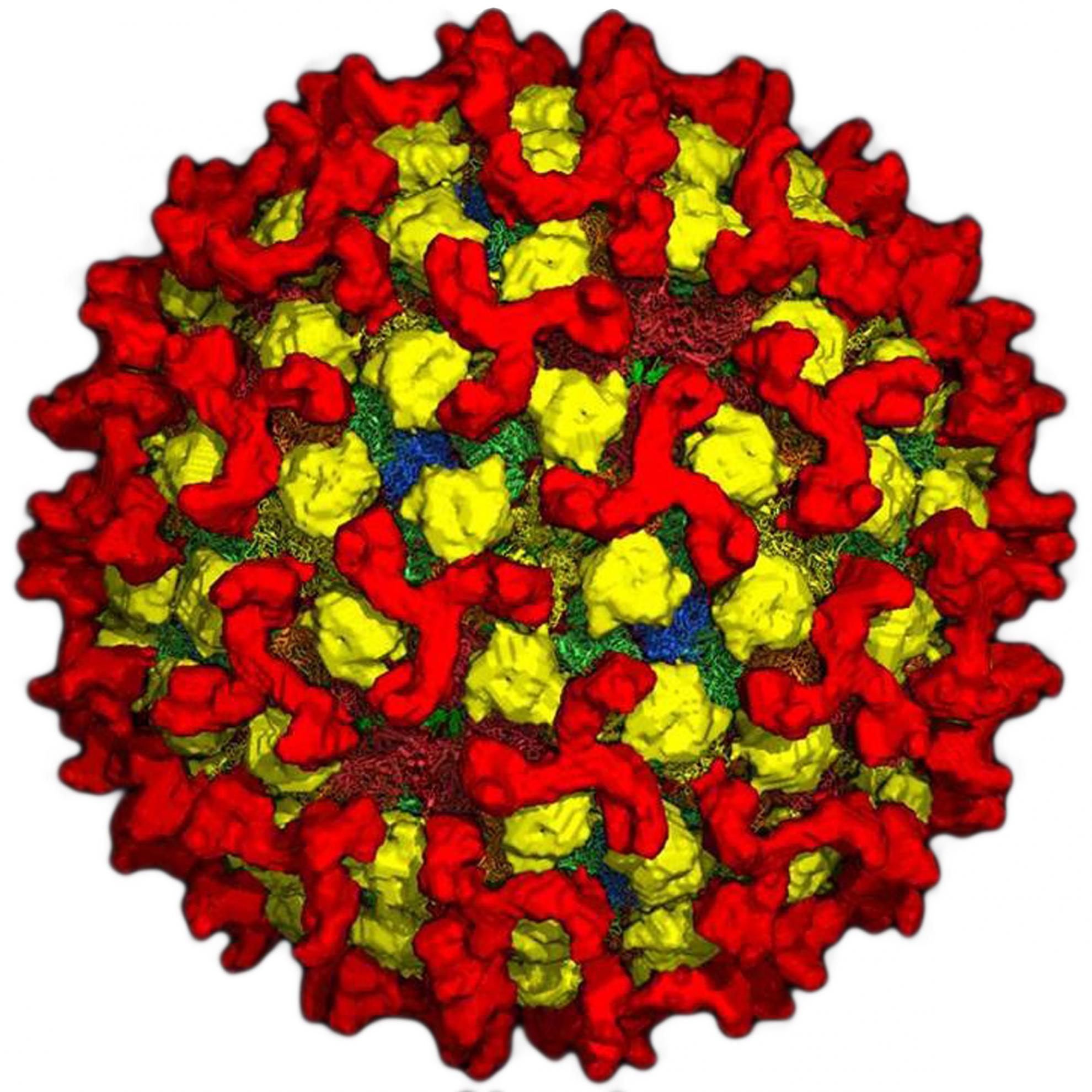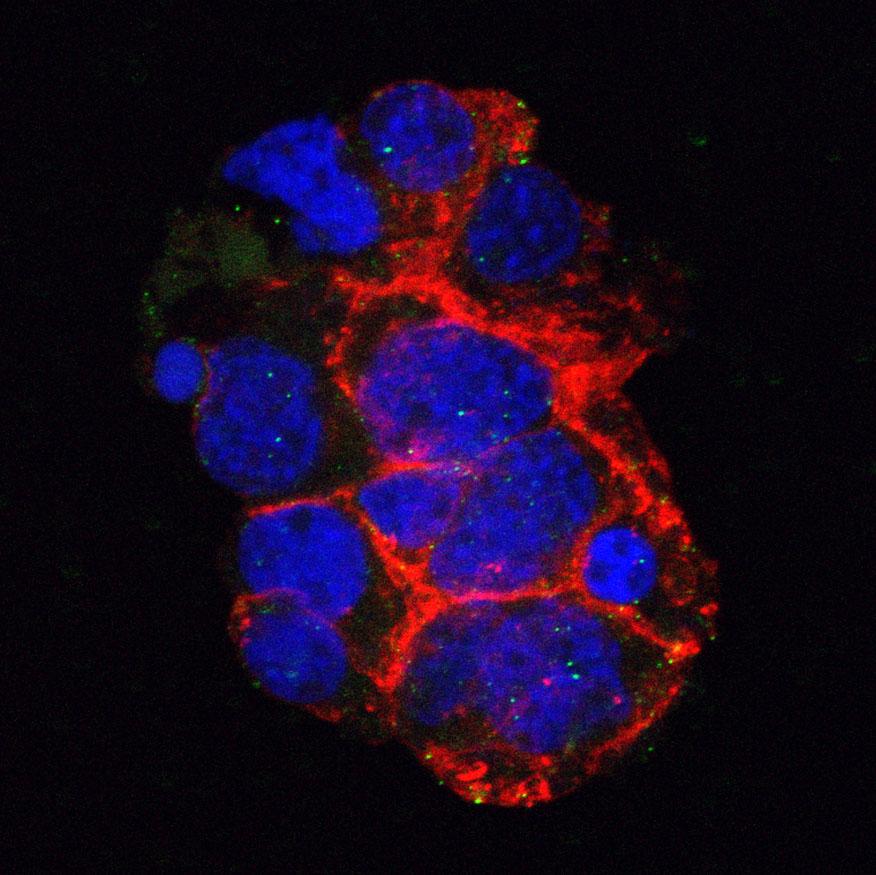A potential role for ixodid (hard) tick vectors in the transmission of lumpy skin disease virus in cattle
Lumpy skin disease (LSD) is an economically important cattle disease. The disease is endemic in many African countries, but outbreaks have also been reported in Madagascar and the Middle East. The aim of this study was to investigate the potential role of ixodid (hard) ticks in the transmission of the disease. Cattle were infected with a virulent, South African field isolate of lumpy skin disease virus (LSDV). Three common African tick species (genera Rhipicephalus, Amblyomma and Rhipicephalus (Boophilus)) in different life cycle stages were fed on the infected animals during the viraemic stage and on skin lesions. Post-feeding, the partially fed male ticks were transferred to the skin of non-infected recipient animals, while females were allowed to lay eggs that were then tested using the polymerase chain reaction (PCR) method and virus isolation. Nymphs were allowed to develop for 23 weeks after which time they were tested. The non-infected recipient cattle were closely monitored, both skin and blood samples were tested using PCR and virus isolation, and serum samples were tested by the serum neutralization test. This is the first report showing molecular evidence of potential transmission of LSDV by ixodid ticks. The study showed evidence of transstadial and transovarial transmission of LSDV by R. (B.) decoloratus ticks and mechanical or intrastadial transmission by R. appendiculatus and A. hebraeum ticks.
Back to publications

